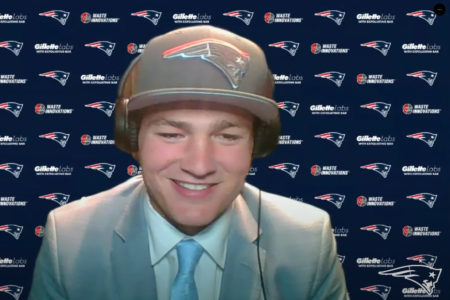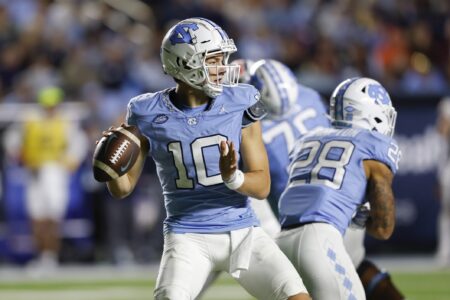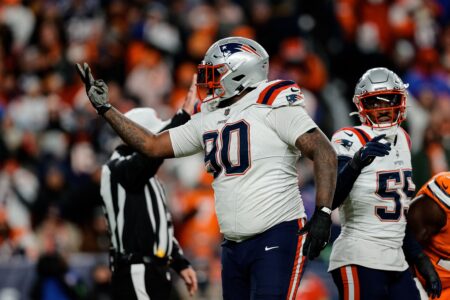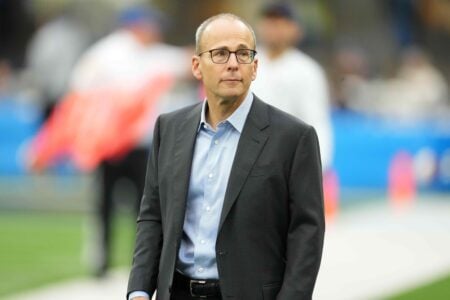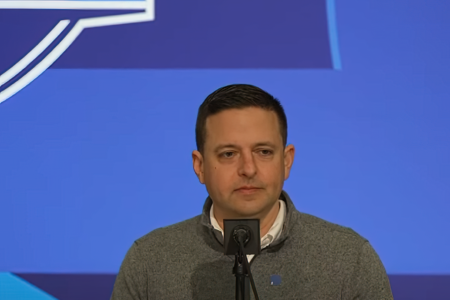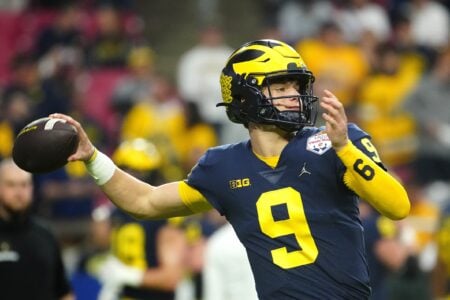nope....you're right...makes sense to just go around in never ending circles over matters no fan has control of...speaking of which, since it has become de rigueur to expound ad nauseum on any subject the least tangential possible to the Patriots, how about an in depth lookj at the physics of the game..
In the Principal of Least Action, the differential equations of motion of a given physical system are derived by minimizing the action of the system in question. For a finite system of objects, the action S is an integral over time of a function called the Lagrange function or Lagrangian L(q, dq/dt), which depends on the set of generalized coordinates and velocities (q, dq/dt) of the system in question.
Action
The differential equations that describe the motion of the system are found by demanding that the action be at its minimum (or maximum) value, where the functional differential of the action vanishes:
Principle of Least Action
This condition gives rise to the Euler-Lagrange equations
Euler-Lagrange equations
which, when applied to the Lagrangian of the system in question, gives the equations of motion for the system.
As an example, take the system of a single massive particle with space coordinate x (in zero gravity). The Lagrangian is just the kinetic energy, and the action is the energy integrated over time:
The Euler-Lagrange equations that minimize the action just reproduce Newton's equation of motion for a free particle with no external forces:
Free particle in d=1, via Lagrangian
The set of mathematical methods described above are collectively known as the Lagrangian formalism of mechanics. In 1834, Dublin mathematician William Rowan Hamilton applied his work on characteristic functions in optics to Newtonian mechanics, and what is now called the Hamiltonian formalism of mechanics was born.
The idea that Hamilton borrowed from optics was the concept of a function whose value remains constant along any path in the configuration space of the system, unless the final and initial points are varied. This function in mechanics is now called the Hamiltonian and represents the total energy of the system. The Hamiltonian formalism is related to the Lagrangian formalism by a transformation, called a Legendre transformation, from coordinates and velocities (q, dq/dt) to coordinates and momenta (q,p):.
I'm ready to defend my position in a forthcoming barrage of responses....no matter what anyone thinks...because I'm right...if there IS a right or wrong about any of this...






